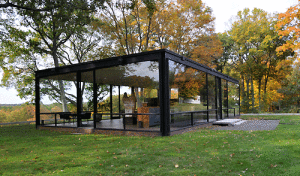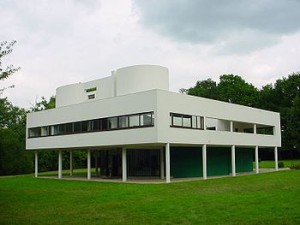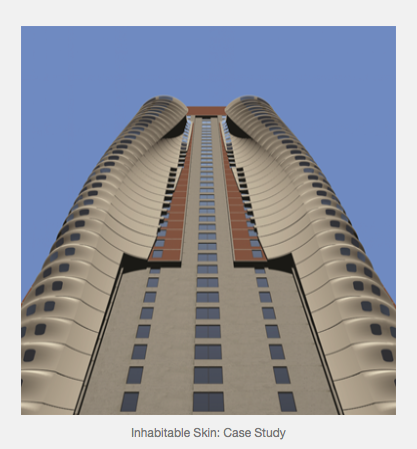Structural engineering is transforming.
The structural engineer of this century will be very different from that of the last century. Maybe not all of the structural engineering community, but at least a very exciting subset. The practice of engineering has traditionally been slow to adapt to new technologies and new ideas, but in order to keep pace with the formal experimentation that is occurring now in architecture, it has to evolve.
The International Style beginning in the early 1900’s and leading into the Modernist movement in Architecture set the stage for a kind of reductionism in architectural expression, but it also represented the consolidation of structural theory into the practice of modern structural engineering. The leading theorists of the architectural movement sought to create a kind of formal expression that was devoid of ornament and represented a re-thinking of geometry right to its core elements of line and plane. These geometrical typologies became the expression of this new style as seen in the work of Mies Van Der Rohe, Philip Johnson, and Le Corbusier, but they also represented the dominant elements of engineering calculation.
The industrial nature of the movement, summarized by Le Corbusier’s description of buildings as “machines for living” was inspired in part by the technological advances in material and manufacturing rising from the Industrial Revolution. The movement latched on to the evolution of steel, concrete and glass as its core materials and sought to express the character of these materials and their manufacturing processes in this new style. Steel therefore took on the character of the line or curve, geometrically the extrusion of a point along a path. Glass became the simple expression of a plane and concrete offered the potential to merge the two typologies together as a slab-beam hybrid.
As a result, most building structures today are reduced to a language of line and plane, or in engineering terminology, beam or column and diaphragm or shear wall. This is the basis of modern structural engineering. Even complex forms are described using these most elemental terms. The notion that structural engineering today is transforming stems from the fact that architecture at some level can no longer be simplified in this way, or at least it does a disservice to architecture to reduce it to these terms. Architects today are exploring the definitions of geometry and its expression in a similar manner to the International Style but with a much more sophisticated set of geometrical typologies and much more sophisticated methods to manipulate them and to manufacture the resulting forms.
Structural engineers today need to evolve our methods and adopt new skills in order to play a constructive role in the evolution of architecture. This is the intersection of structural engineering and architecture. It is the new role of the structural engineer, one in which he contributes to the development and definition of form, one in which he is an active participant in the conversation. In order to do so, the structural engineer of today needs to augment his traditional education with studies in geometry, modeling, meshing, computation and methods of analysis beyond the line and plane. A kind of discovering of the tenants of the Bauhaus concerned with craftsmanship and industrial technologies but in a computationally more sophisticated design environment.
Tags: architecture, structural engineering




